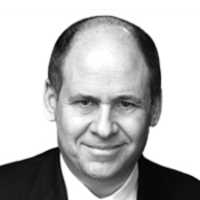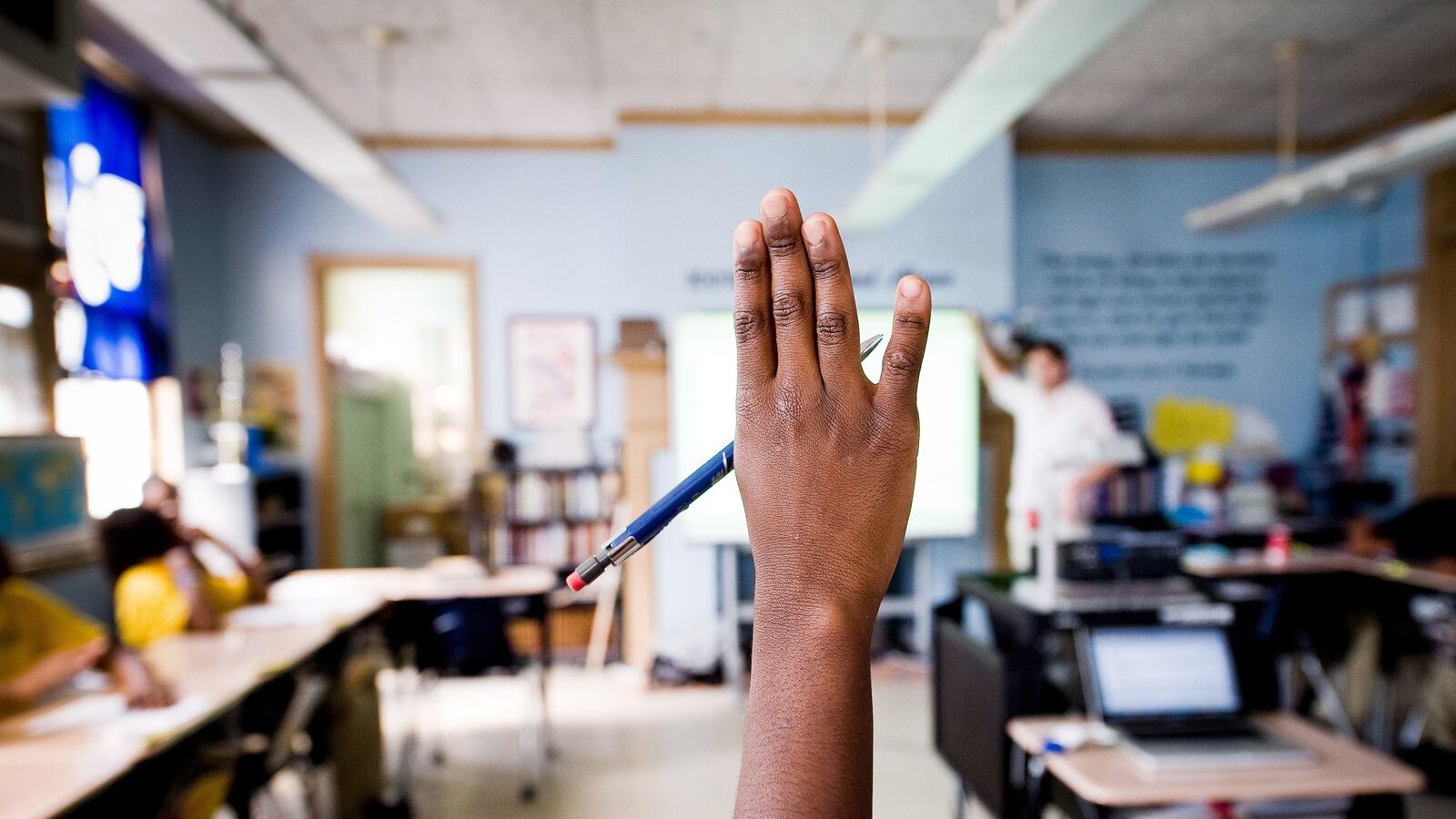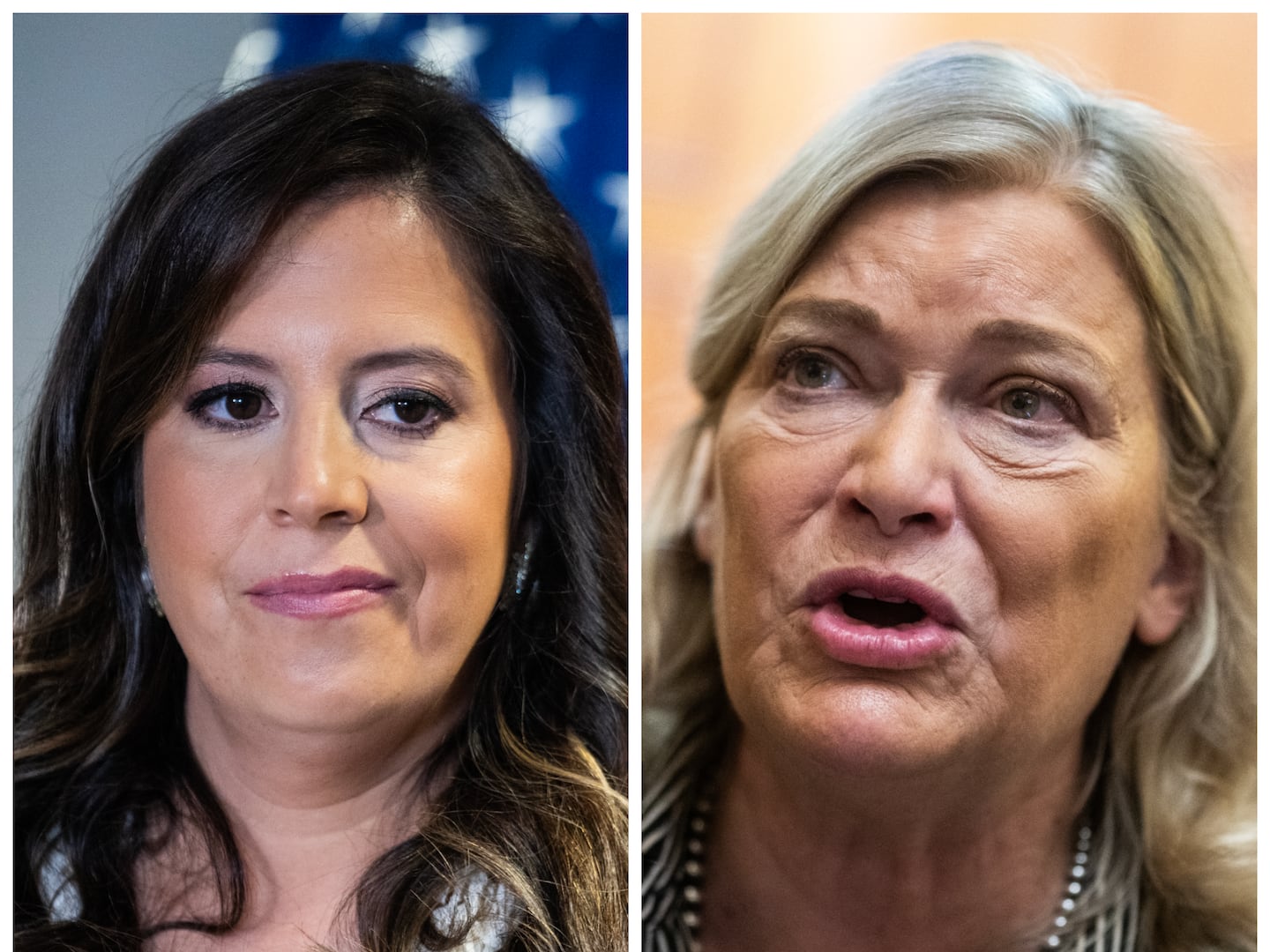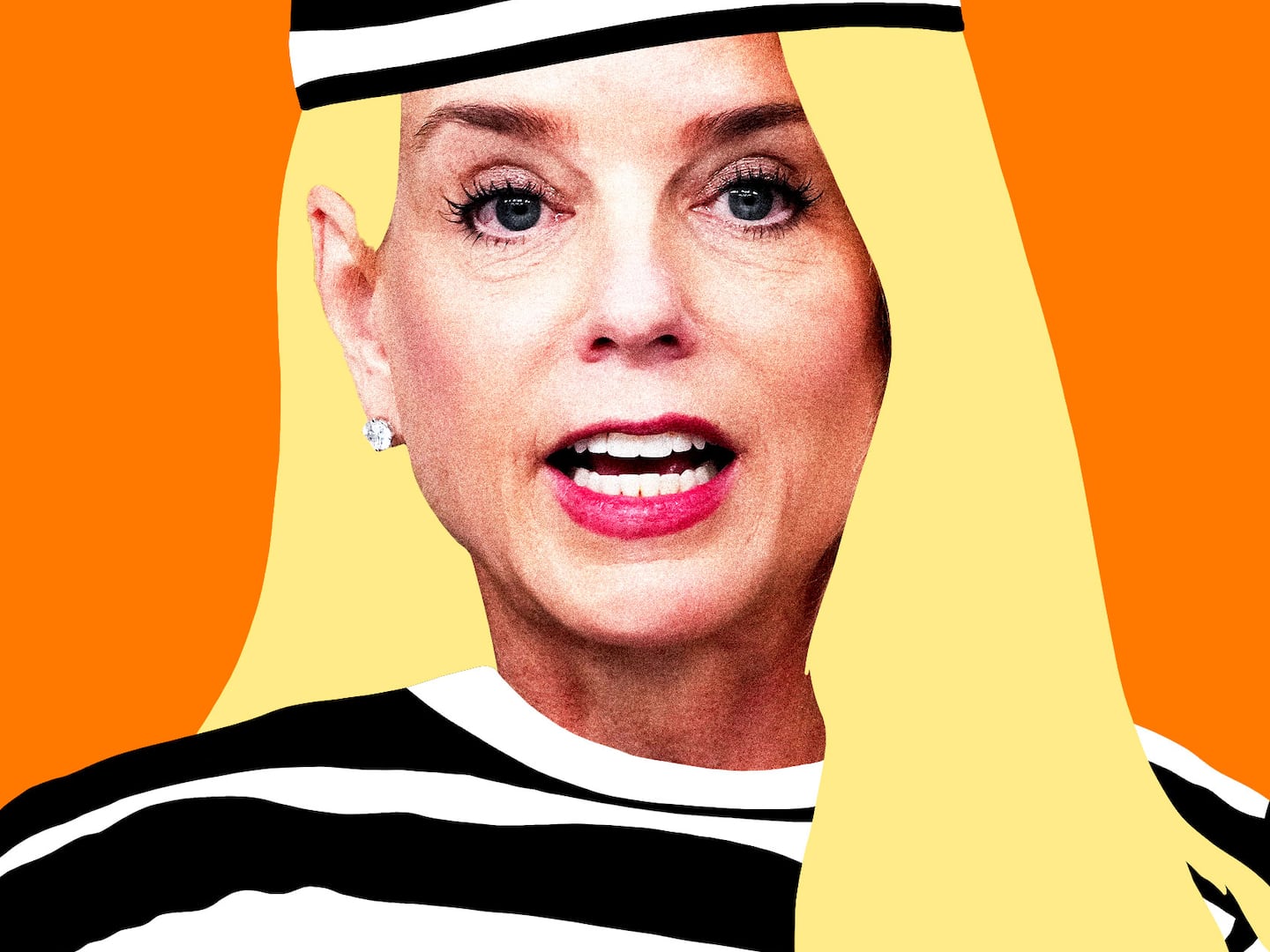Former President George W. Bush’s visit last week to a charter school in New Orleans reinforced the misleading idea that conservatives are for charters and liberals are for traditional district schools. It’s a nonsense narrative, of course: President Obama is a strong supporter of charter schools, and many prominent progressives are now associated with Democrats for Education Reform, a left-leaning group that supports charters.
Still, the backlash against education reform among liberals who should know better has been disheartening. Too many have bought into the notion that the super-rich helping to improve inner-city schools instead of just buying new yachts is somehow a bad thing. They’ve swallowed cherry-picked statistics from former Assistant Secretary of Education Diane Ravitch and her acolytes, which misrepresent the significant advances taking place in hundreds of those once-awful schools.
One finding in particular has stuck in the public consciousness—that charter public schools (and yes, charters are public schools, despite propaganda from unions and their supporters suggesting otherwise) perform no better overall than traditional public schools. This is accurate, but not especially relevant, because many small, inexperienced groups that lack the know-how to run schools have opened charters in recent years.
Leading with their chins, education reformers haven’t done enough to close these under-performing charters. As a result, the aggregate national figures for charters aren’t impressive.
But the top quintile of charters—the highly effective ones run by experienced and widely-respected charter operators—not only beat traditional public schools serving students in the same demographic cohorts, they often outperform them by 20, 30, or even 50 points on many metrics.
New Orleans is a good example of where charters, which now educate 95 percent of New Orleans public school students, are working. A decade ago, New Orleans had the worst schools in the country—so bad that the Recovery School District (RSD), a state takeover of the schools, was launched even before Hurricane Katrina.
The storm damaged almost all of the city’s schools, and as they were rebuilt and slowly reopened, the RSD turned crisis into opportunity. Like nurses, city employees and thousands of other workers, teachers who fled New Orleans in 2005 were dismissed and had no guarantee of jobs when they returned. The RSD required them to pass tests before being rehired, which led to much higher teacher quality.
The reform efforts have been driven by KIPP and other experienced charter operators. Meanwhile, Teach For America corps members—half of whom are black, Latino, or from low income backgrounds—comprise about a fifth of New Orleans teachers, and they and their more seasoned colleagues are making a huge difference.
One of the secrets of their success is that so many of them use Doug Lemov’s essential book, Teach Like a Champion, to help educate new teachers. Every KIPP or TFA teacher (often one and the same) I’ve spoken with over the years has found Teach Like a Champion full of concrete suggestions that actually help them improve as teachers.
The results in New Orleans are impressive. Over the last decade, graduation rates have surged from 54 percent to 73 percent, and college enrollment after graduation from 37 percent to 59 percent. (There’s also a new emphasis on helping those who attend college to complete it.) Before Katrina, 62 percent of schools were failing. Today, it’s 6 percent.
The biggest beneficiaries have been African-American children, who make up 85 percent of New Orleans enrollment. The high school graduation rate nationally for black students is 59 percent. In New Orleans, it’s 65 percent, which is also much higher than the state average. Test scores are still low overall, but thousands more African-American students are taking the ACTs and doing better on them.
Confronted by these impressive numbers, critics of education reform in New Orleans have begun grasping for straws. They point out that New Orleans teachers are relatively inexperienced (conveniently using 2011 data when they were four years less experienced than they are now), as if that somehow undermines the evidence of progress. They claim there’s been a “white takeover” of the system—even though half of the charter school boards have black majorities.
It’s true that too many of the poorest of the poor in New Orleans are still slipping through the cracks and have not been properly accounted for when they drop out. Critics like Andrea Gabor in The New York Times are right to ask tough questions about every aspect of the RSD’s efforts. But Gabor, like many other critics, cites the prestigious Stanford Center for Research on Education Outcomes (CREDO) when it serves her arguments only to try to poke holes in CREDO research confirming huge improvements in inner-city education spearheaded by experienced charter operators. For these critics to call the successes in New Orleans “a myth,” as Gabor does, is preposterous.
“Some people seem to be rooting for us to fail,” says Mary Landrieu, a Democrat who lost her Senate seat last year and now devotes much of her time to pushing education reform in her hometown and beyond. (Her brother, Mitch, is the mayor of New Orleans.)
Those rooting for charters to fail certainly aren’t the African-American parents who in cities across the country enter charter school lotteries in disproportionate numbers.
In Newark, where 25 percent of students attend charter schools, the percentage of African-Americans choosing charters is closer to 50 percent in some grade levels. Contrary to the claim that charters succeed only by “skimming” or “creaming” the students from more stable and middle-class families, Newark’s charters enroll a higher percentage of poor students than district schools.
CREDO numbers show Newark charter school students gaining the equivalent of more than five months per year in performance in reading and math—a huge advantage over their counterparts in district schools. The percentage of black students in Newark who are doing better than the state average for African-Americans has more than doubled.
Of course, that’s from a low base. Newark schools still have a long way to go. As Dale Russakoff shows in her fine new book, The Prize, much of the $200 million provided to Newark schools by Facebook founder Mark Zuckerberg and other donors has been squandered on labor buyouts, consultants, and a top-down approach that too often neglected community involvement.
But while holding education reformers accountable, Russakoff also explores the positive things happening in charter schools like Spark Academy. The good district schools—and there are several in Newark—also get their due.
Reformers need to keep in mind that charters are no panacea for what ails American education. “Charterizing” everywhere isn’t possible (too much burnout and not enough recruits) or even desirable in areas where traditional district schools are performing well.
But getting Doug Lemov’s book into the hands of every teacher in the country is a start. And otherwise spreading the best practices of highly effective charters remains the quickest way to build on the recent successes of inner-city schools, which have plenty to teach us all.






